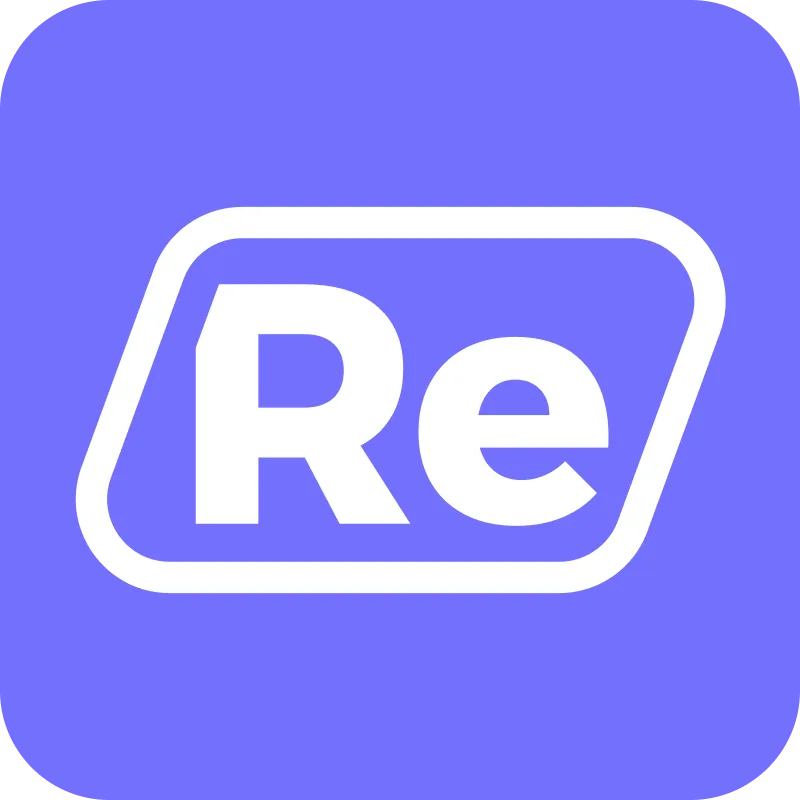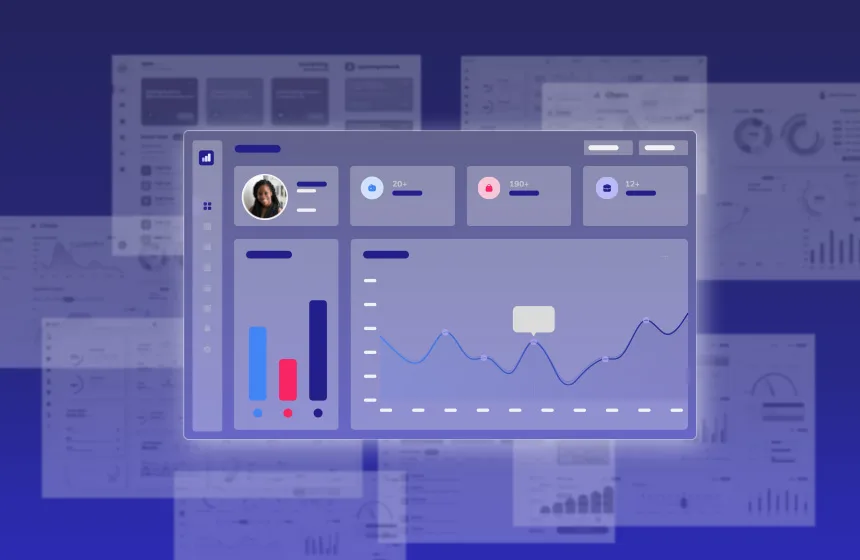Accelerate deals and increase win rates with the leading enterprise demo platform.
5 Ways Presales Can Impact Customer Acquisition Costs Through Demos

January 28, 2025
Table of Contents
SaaS companies are facing enormous pressure to manage their customer acquisition costs (CAC). With investors shifting focus to sustainable growth, businesses are rethinking how they spend on sales and marketing. In this climate, companies that prioritize efficiency are best positioned to succeed.
Yet, time and again, demos trip up go-to-market (GTM) efficiency. On the marketing side, websites suffer from poor conversion rates. “Get a Demo” is often the go-to conversion opportunity, but without a preview into the product via a website demo, there’s little reason for a prospect to commit to a live demo with sales.
For sales, demo fails are a surefire way to sink an opportunity. Uninspiring demos can also drastically lengthen sales cycles. If the demo isn’t curated properly, the prospect will think the product isn’t suited for them, and it’ll be an uphill battle from there.
Fortunately, presales — specifically solution engineers (SEs) — are in a unique position to move the needle on CAC. A demo program is one of the best ways to increase GTM efficiency by making high-quality demos easy to create, customize, and deliver at scale.
Let’s take a look at some of the top ways SEs can use demo programs to influence CAC and GTM efficiency.
1. Saving presales time on demo creation and maintenance
At its heart, a demo program is about giving SEs fine-grained control into how demos are created and shared. Doing so makes it easier for sales and marketing to convey a consistent product message that appeals to buyers. Marketers and AEs can test this message in the field and update demos based on their key learnings.
To set up a demo program, SEs create a library of assets that sales, marketing, and other key stakeholders can access and customize on demand. Building these demos in a self-contained environment makes a big difference in presales efficiency. Today, 79% of SEs spend more than an hour a week maintaining their demo environment, while 16% spend between 3-10 hours. On the high end, that’s a massive 21 days per year that could have been spent with prospects.
A lot of that time is spent customizing demos, editing datasets, and resetting the environment. Fortunately, demo creation platforms automate much of this time-consuming work. What used to take hours now takes minutes.
With a demo program in place, AEs are also empowered to run their own demos. Too often, sales teams rely on SEs to not just build the demo, but deliver it as well. That ends up being a massive waste of the SE’s expertise. They get called into unqualified opportunities and first calls that the AE should have been able to handle. With a demo creation platform, SEs can create a repeatable, foolproof demo that sales can use on their own.
2. Using AI to personalize demos and accelerate deals
A demo program puts a variety of demo templates at sales’ and marketing’s fingertips. From there, stakeholders can customize the demo to each prospect by updating logos, images, text, data, and more.
Data is the most critical component that needs to be customized. Relevant data can mean the difference between closing a deal and a prospect tuning out your demo altogether. Using data to generate “aha” moments can add jet fuel to your deals, too. A prospect should be able to see themself using your product and getting value from it. Contextual data is one of the best ways to do that.
Presales can help create custom datasets that sales can inject into their chosen demo templates. However, manually creating demo data takes a lot of time and specialized SE or engineering resources.
Generative AI speeds up the data creation process, helping you build and change datasets in seconds. You can create datasets in advance for a variety of use cases or prospect personas, and have them ready to load into a demo environment with a single click. Plus, if you use synthetic data instead of a customer account or your own data, you remove any risks of exposing sensitive data.
3. Providing access to products earlier in the journey
More and more customers want to evaluate products independently. But, free trials and freemium products aren’t always successful. They put the onus on customers to do the work of loading their own data before they can see how the product works.
Using top-of-funnel interactive demos and product tours is proven to create a 60% uplift in average website interactions converted to leads. These leads are more qualified, and companies who use interactive demos experience a 50% higher conversion rate from lead to pipeline. Using a demo program, marketing can select and customize the demo templates that appeal most to their targeted buyer personas, industries, and more.
4. Navigating expanding enterprise buying committees
The ever-expanding buying committee has slowed down deal cycles and led to increasing CAC. The average B2B buying committee has grown to 11 people. Sales teams can use the interactive demos created within a demo program to enable their champions and give buying committee members access to the product on-demand.
By using interactive demos instead of static PDF leave-behinds, buying committees can see how the product works with data that’s relevant to their use case, pain points, or industry. Demo analytics can reveal new stakeholders in the committee so sales teams can follow up with the right people and personalize their messages to focus on the parts of the demo the stakeholder viewed most.
5. Measuring success for improved efficiency
With a demo program, presales can measure the success of existing assets and update them to make them more relevant to the ideal customer profile. That way, sales can use the demos that convert most.
For example, you can measure the performance of your demos using metrics such as win rates, lead conversions, prospect feedback, and demo analytics. Use this data to refine and focus your demos, keeping the most successful ones and updating or retiring those that aren’t working.
A demo program gives sales and marketing teams a library of demos at their fingertips, with fast and easy customization powered by generative AI and automation. As a result, SEs can save hours and days in demo environment prep and maintenance. By streamlining time-consuming tasks, demo programs make a major impact on the sales efficiency side of CAC.
In addition, by using demos throughout the sales cycle, SaaS companies and enterprise sales teams can identify the most relevant prospects and give them access to the information they need for every member of their buying committee. This can simplify otherwise complex sales processes and accelerate time to close — giving SaaS companies a pathway to more efficient and sustainable growth.






